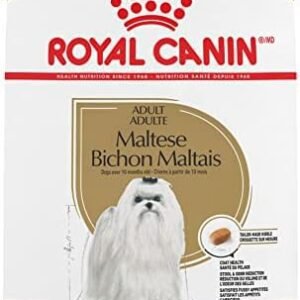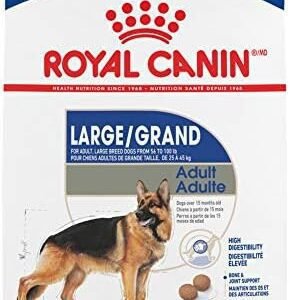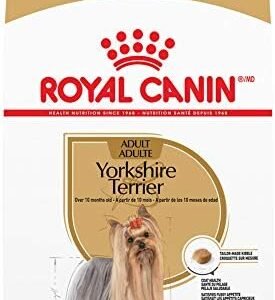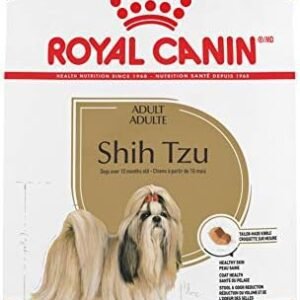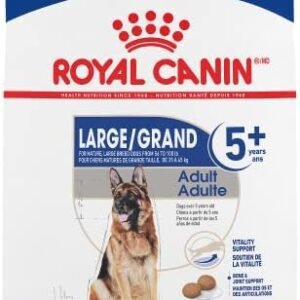Introduction
Are you familiar with the tangy and versatile condiment that graces countless hot dogs, burgers, and sandwiches? Mustard, with its distinctive flavor and wide range of varieties, has long been a staple in the human diet. But have you ever wondered whether your four-legged companion can partake in this zesty delight? You might be surprised to learn that while mustard is a beloved condiment for many, its suitability for dogs remains a topic of concern and curiosity.

In this article, we delve into the intriguing world of mustard and its compatibility with your canine friend’s diet. We will explore the question: can dogs eat mustard? Beyond a simple yes or no, we aim to provide you with a comprehensive understanding of mustard’s potential effects on dogs. From its nutritional composition to the potential risks associated with its consumption, we’ll leave no stone unturned. By the end, you’ll have the knowledge needed to make informed decisions about sharing mustard with your beloved pet. So, let’s journey into the world of mustard and canine companionship.
Table of Contents
Can Dogs Eat Mustard?
Dogs have an uncanny ability to exhibit curiosity about the world around them, especially when it comes to the food their human companions enjoy. Mustard, with its unique and sometimes pungent flavor, is no exception. Whether it’s slathered on hot dogs, burgers, or used as a dipping sauce, mustard is a staple condiment in many households. This leads us to a critical question for pet owners: can dogs eat mustard?
Mustard’s Canine Compatibility
To address this question, let’s first explore whether mustard is toxic or dangerous to dogs. Fortunately, mustard is generally non-toxic to canines. The typical yellow or Dijon mustard varieties found in most kitchens are not harmful in small quantities. These types of mustard are usually made from a blend of ground mustard seeds, vinegar, water, and various spices. While they add a zingy kick to human dishes, they tend to be safe for dogs to consume in moderation.
Nutritional Profile of Mustard
Now that we’ve established that mustard is not toxic, let’s delve into the nutritional aspects of this condiment. Mustard, particularly prepared yellow mustard, is low in calories and rich in essential nutrients. Below is a table outlining the approximate nutritional content of a typical serving of prepared yellow mustard (1 tablespoon):
| Nutrient | Amount |
|---|---|
| Calories | 3 |
| Protein | 0.2 grams |
| Carbohydrates | 0.2 grams |
| Dietary Fiber | 0.1 grams |
| Fat | 0.2 grams |
| Sodium | 120 mg |
| Calcium | 3 mg |
| Iron | 0.1 mg |
| Magnesium | 1 mg |
| Phosphorus | 2 mg |
| Potassium | 2 mg |
| Vitamin C | 0.1 mg |
Mustard provides minimal calories, fats, and carbohydrates, making it a low-calorie addition to dishes. It’s also a source of essential minerals like sodium, calcium, iron, magnesium, phosphorus, and potassium. However, it’s essential to remember that these nutrients are present in very small quantities, and mustard should not be considered a primary source of nutrition for dogs.
Potential Benefits and Drawbacks
Mustard does offer some nutritional benefits for dogs due to its vitamin and mineral content. For example, it contains a small amount of vitamin C, which can contribute to overall health. Additionally, the trace minerals in mustard may have some value in a dog’s diet. However, these benefits are minor, and it’s crucial to emphasize that mustard should be viewed as an occasional treat rather than a dietary staple.
On the flip side, mustard’s drawbacks come from its high sodium content. A single tablespoon of mustard contains around 120 milligrams of sodium, which, when consumed in excess, can lead to sodium-related health issues in dogs. Excessive sodium intake can result in dehydration, increased thirst, and potentially even more severe health problems, such as sodium ion poisoning. Therefore, it’s crucial to monitor your dog’s consumption of high-sodium foods like mustard.
In summary, mustard, when given in moderation, may provide a few minor nutritional benefits for dogs. However, its high sodium content and potential for adverse reactions make it a condiment that should complement, not replace, a dog’s primary diet. The key to incorporating mustard into your dog’s diet is careful moderation and a keen understanding of your pet’s specific dietary needs.
In the following sections, we’ll explore how much mustard a dog can safely consume, potential risks, and how to make mustard-based treats that are enjoyable for your furry friend. Let’s continue our journey into the world of dogs and mustard.
Moderation Is Key: How Much Mustard Can a Dog Eat?
When it comes to feeding dogs human foods, including condiments like mustard, moderation is the golden rule. Treats should constitute only a certain portion of your dog’s daily calorie intake, and it’s vital to exercise caution when introducing new foods into their diet. Mustard, while generally non-toxic to dogs, should be approached with care, especially due to its high sodium content.
Start Small and Observe
As you venture into the world of mustard for dogs, it’s best to start with a tiny amount and closely observe how your furry friend reacts to it. This initial introduction will help you determine if your dog enjoys the flavor and if their stomach tolerates it well. Keep in mind that not all dogs will have the same reaction, and some may prefer different tastes.
Preparing Mustard for Dogs
Before offering mustard to your dog, it’s crucial to prepare it in a certain way. The key is to choose mild, plain mustard varieties without any added spices or ingredients that might be harsh on a dog’s stomach. Avoid mustard types with ingredients like onion, garlic, or chili, as these can be harmful to dogs. Opt for classic yellow or Dijon mustard with minimal additives.
Additionally, consider diluting the mustard with water or low-sodium broth. This dilution can help reduce the overall sodium content, making it safer for your dog to consume. A good rule of thumb is to mix one part mustard with several parts water or broth to achieve a milder flavor and lower sodium concentration.
Size and Breed Matter
The size and breed of your dog play a role in how much mustard they can safely tolerate. Larger dogs generally have a higher tolerance for a wide range of foods, while smaller breeds may have more sensitive stomachs. Keep in mind that even for larger dogs, excessive consumption of high-sodium foods like mustard can be problematic.
For small dogs, a minuscule amount of mustard is advisable, while larger dogs may handle slightly more. However, it’s crucial to understand that there is no fixed serving size for all dogs. It’s best to consult with your veterinarian or a pet nutritionist to determine the appropriate amount based on your dog’s specific size, breed, and dietary requirements.
Serving Sizes Based on Weight
To provide a rough idea of appropriate mustard servings based on a dog’s weight, consider the following general guidelines:
Small Breeds (under 20 pounds): A very minimal amount, such as a tiny dab or less than half a teaspoon, is suitable. Dilute the mustard to make it milder.
Medium-Sized Dogs (20-50 pounds): These dogs can have slightly more, up to one teaspoon, but diluted with water or broth.
Large Breeds (50 pounds and over): Larger dogs can tolerate slightly more mustard, but it should still be used sparingly, with up to a tablespoon, diluted as needed.
Remember that these guidelines are only rough approximations. Factors such as your dog’s overall diet, individual tolerance, and any preexisting health conditions can influence their ability to handle mustard. It’s always wise to err on the side of caution and consult with a veterinarian when introducing new foods like mustard into your dog’s diet.
In the following sections, we’ll delve deeper into the potential risks and drawbacks of feeding mustard to dogs, as well as explore alternative treats that are safer and healthier for your four-legged companion. As we continue our exploration, you’ll gain a comprehensive understanding of the do’s and don’ts regarding dogs and mustard.
In Conclusion: Proceed with Caution and Explore Healthier Options
In this comprehensive exploration of whether dogs can eat mustard, we’ve uncovered essential insights to help you make informed decisions about your furry friend’s diet. Mustard, while generally non-toxic, should be administered with care and in moderation.
As you can see, dogs can consume mustard in small amounts as an occasional treat. However, it’s crucial to be aware of the potential risks, primarily due to mustard’s high sodium content. Feeding mustard excessively or improperly can cause more harm than good, leading to digestive issues, discomfort, and potential health complications.
So, the golden rule when it comes to mustard for dogs is moderation and cautious introduction. Always start with a tiny amount and closely monitor your dog’s reaction. If your dog enjoys the flavor and doesn’t experience any adverse effects, you can occasionally treat them to a small serving of mild, diluted mustard.
However, mustard is not an essential part of your dog’s diet, and there are alternative treats and foods that are both safe and healthy. If you’re looking for a different snack to share with your dog, consider options that are lower in sodium and acidity. Fruits like apple slices, blueberries, or carrots can be excellent choices. Just be sure to remove any seeds or cores before sharing them with your furry companion.
We hope this article has been informative and helps you make responsible decisions about your dog’s diet. Do you have any questions or comments about feeding certain foods to your dog? Feel free to share your thoughts in the comment section below. Your experiences and questions can provide valuable insights for other pet owners seeking the best ways to care for their canine companions.




















